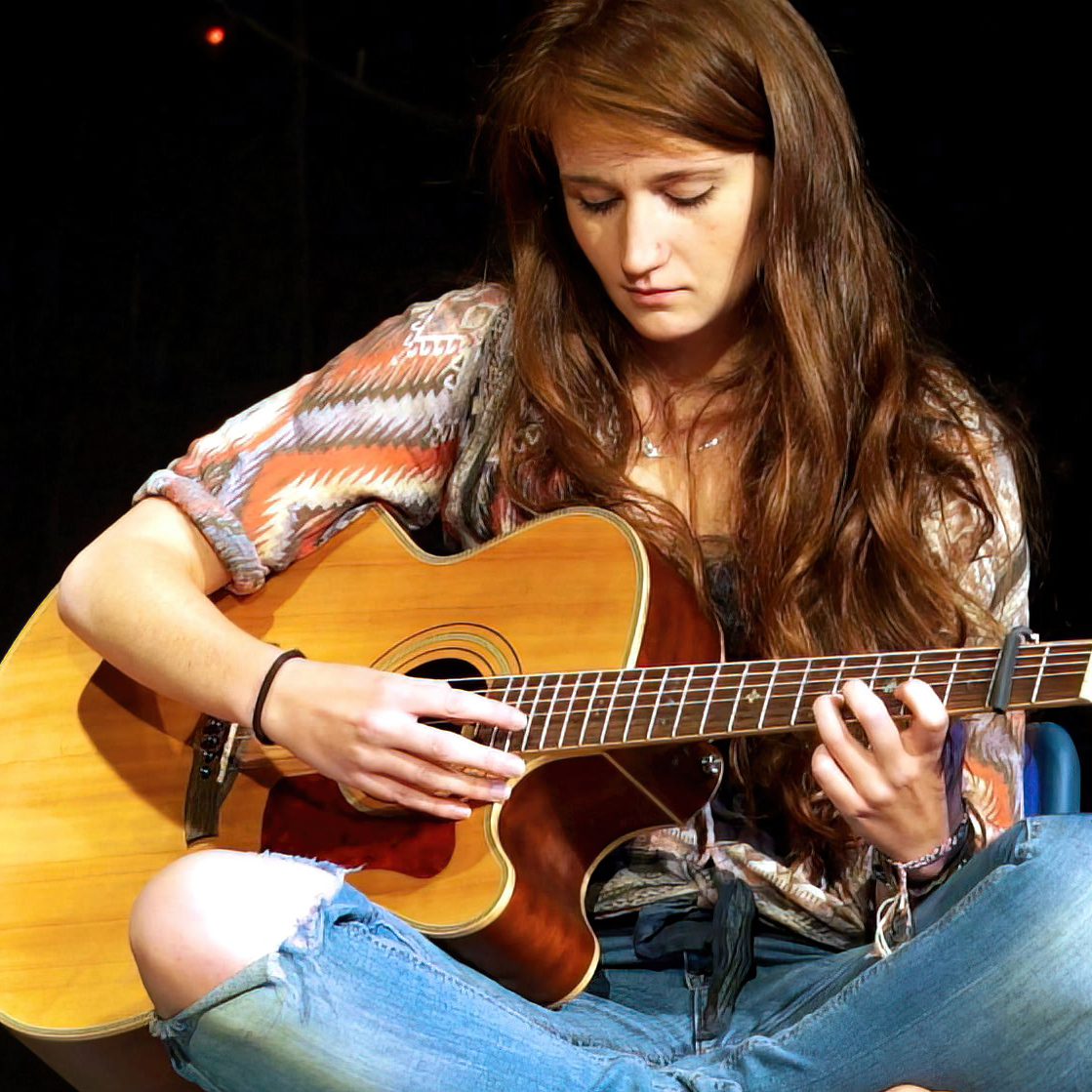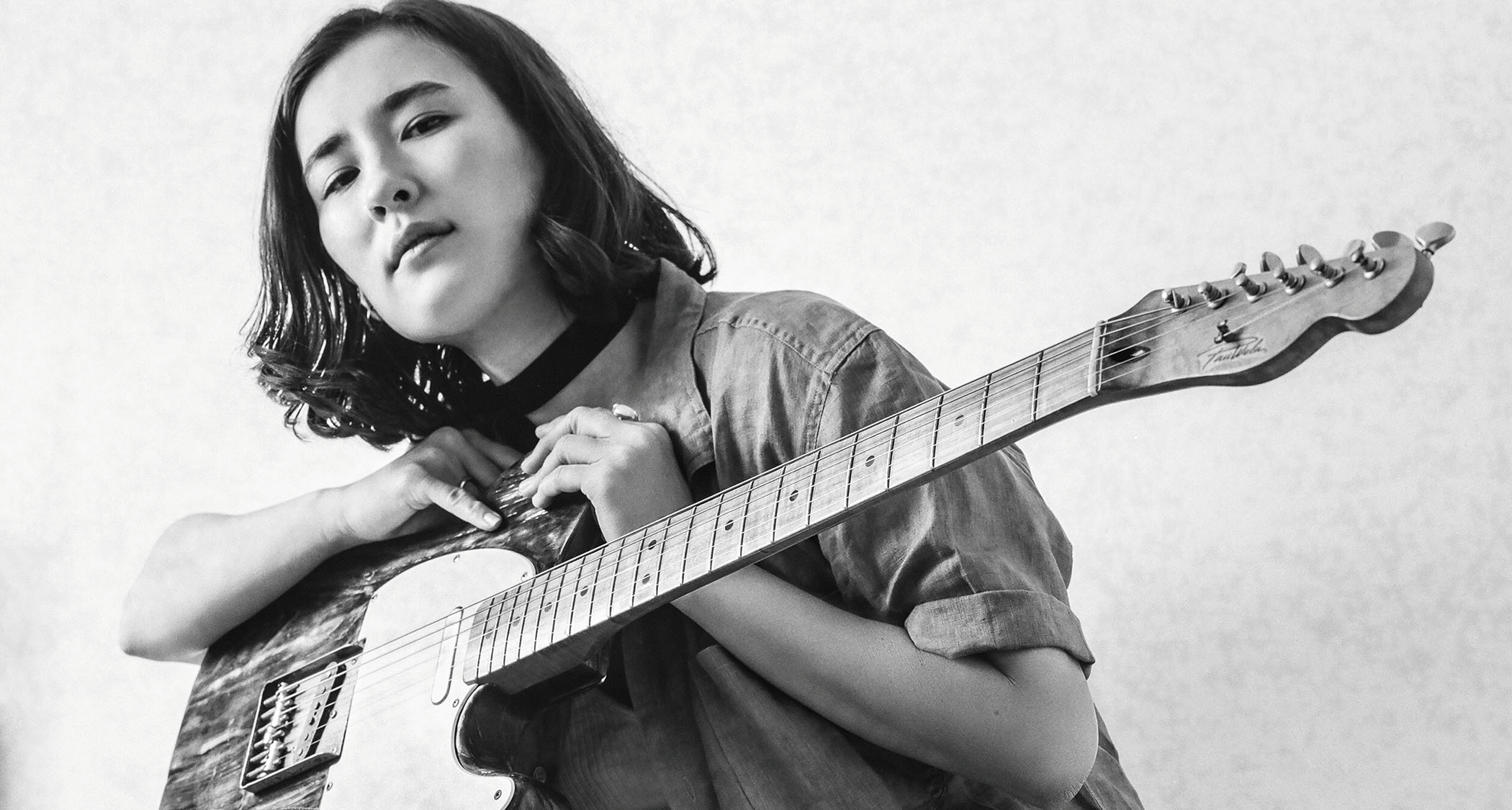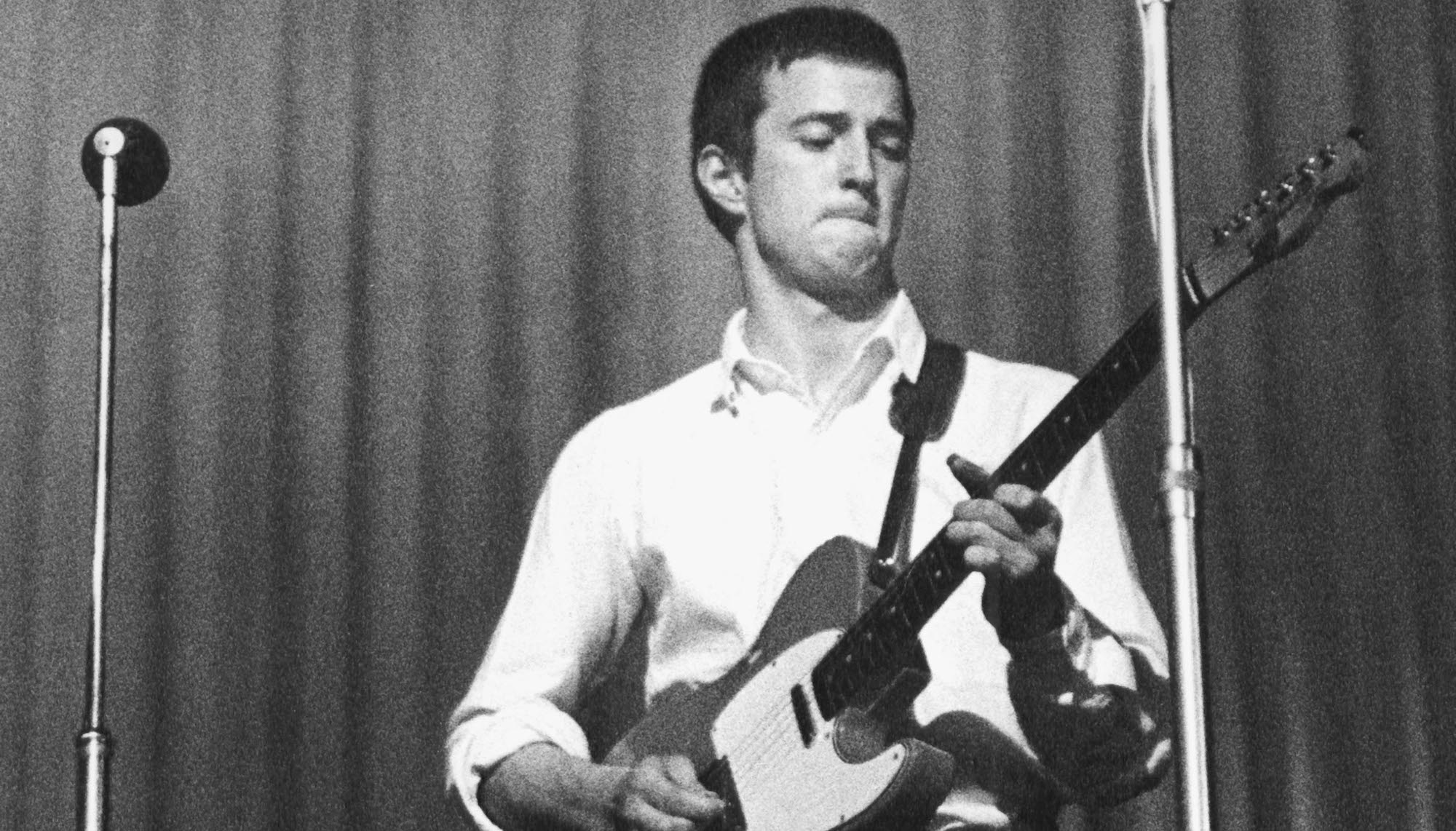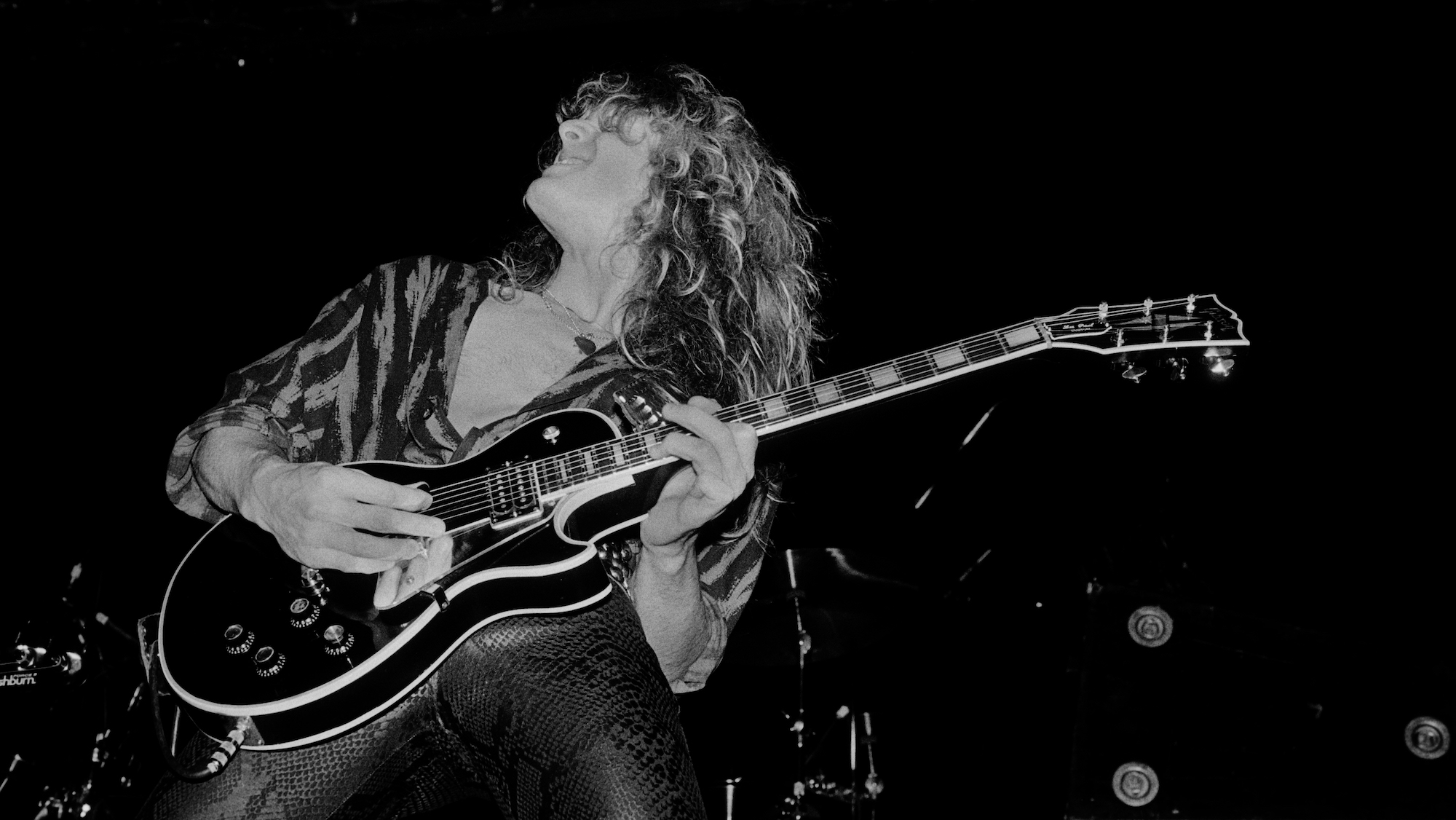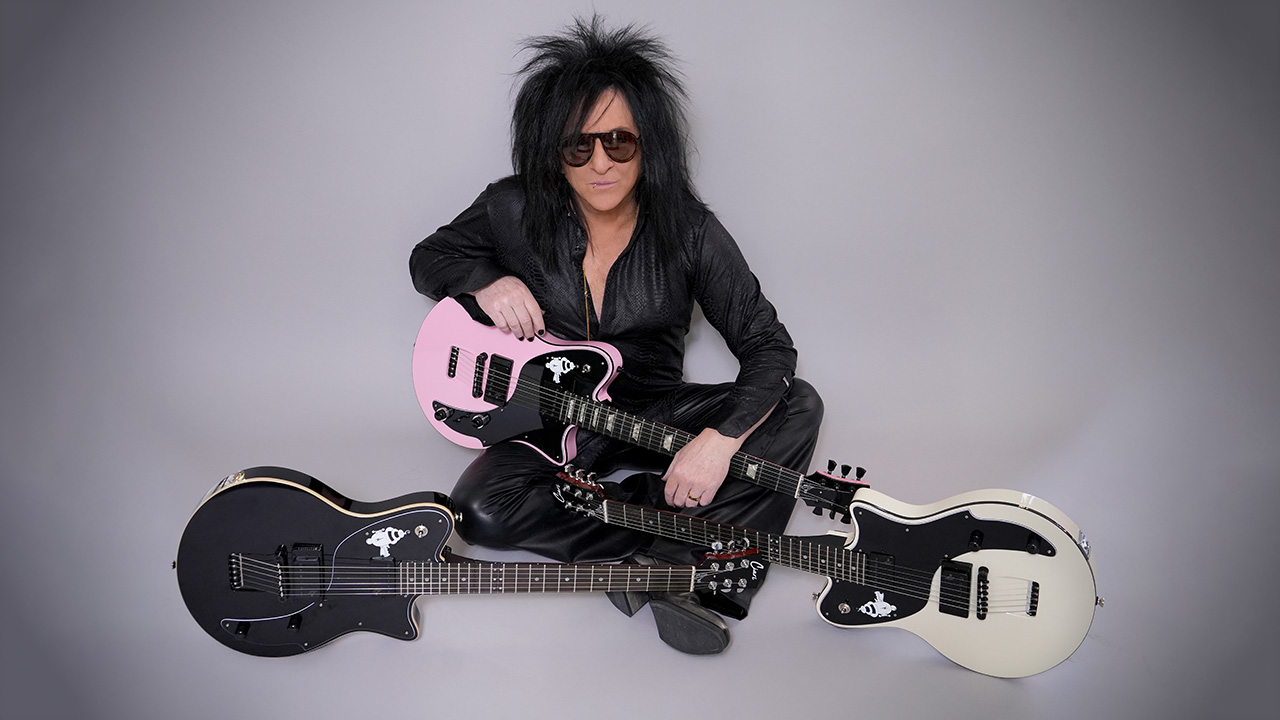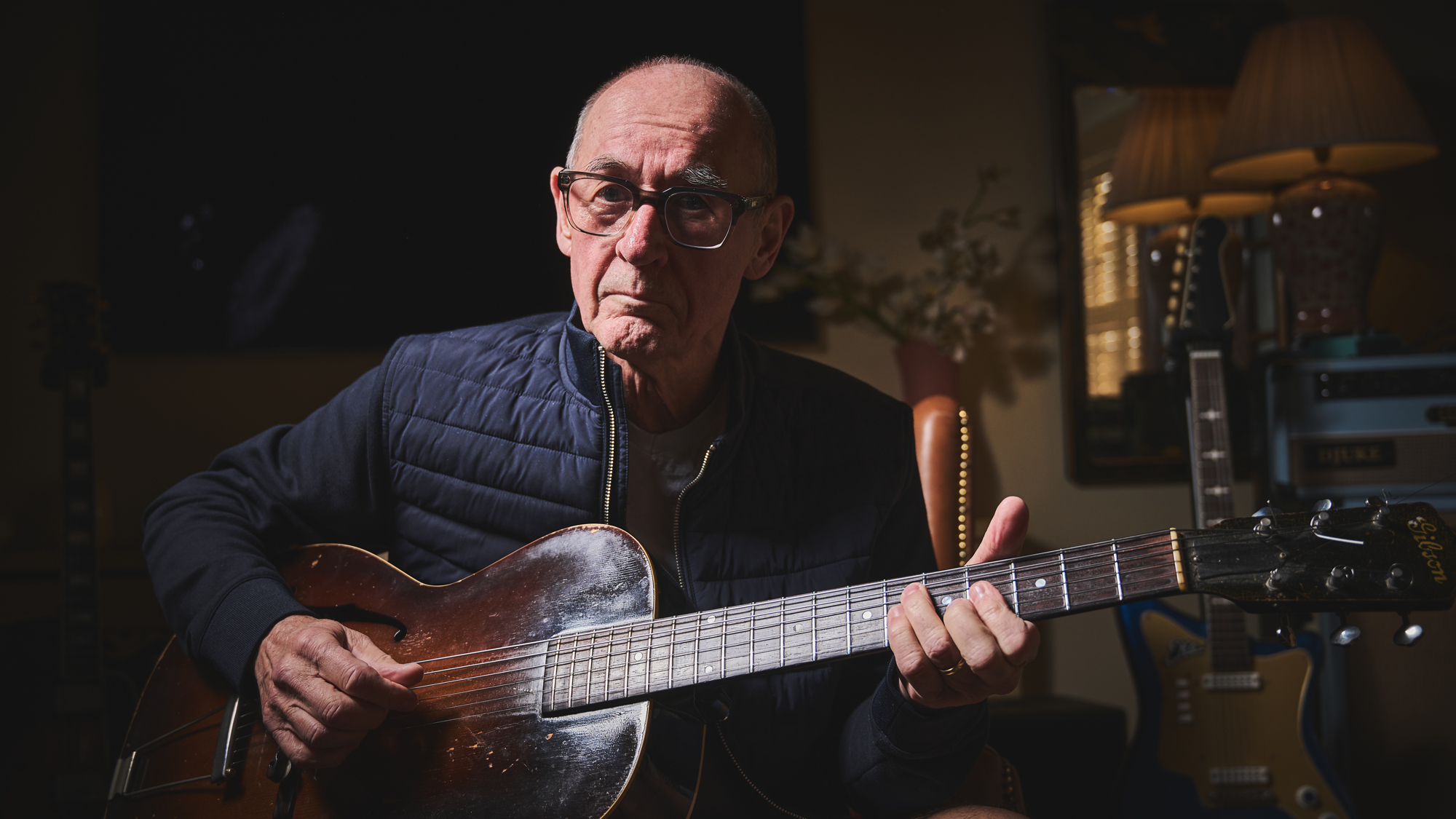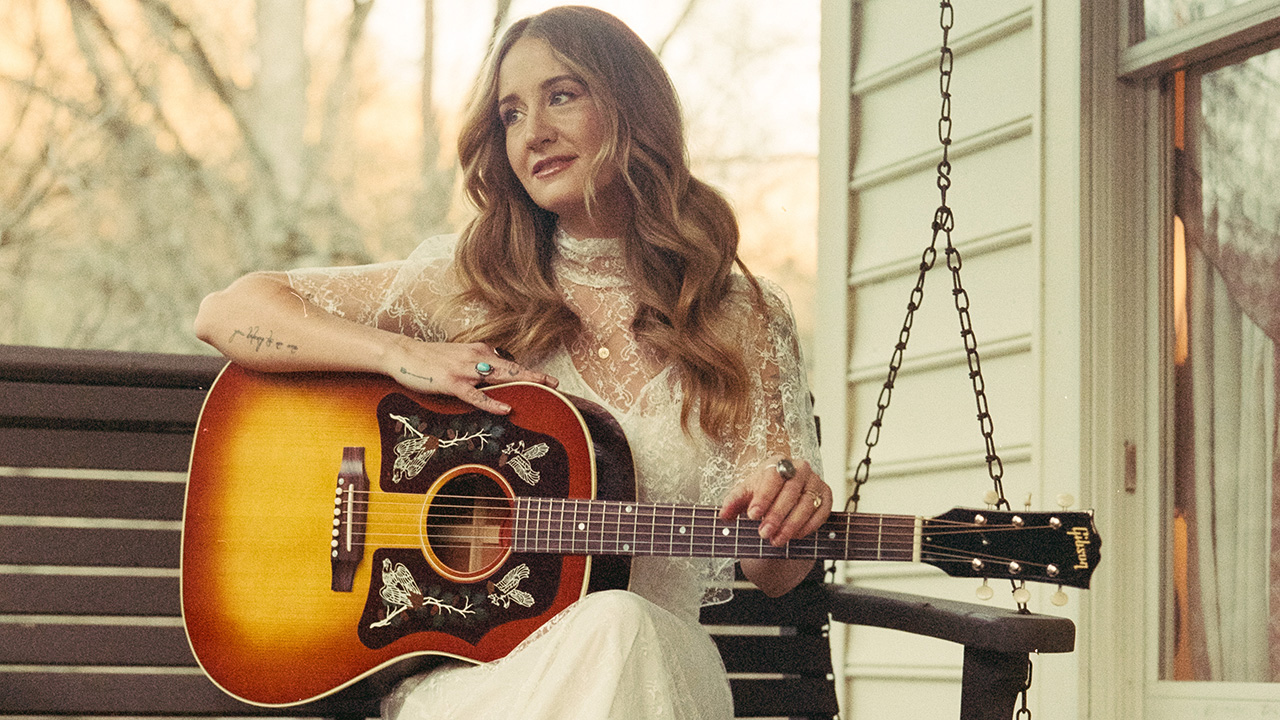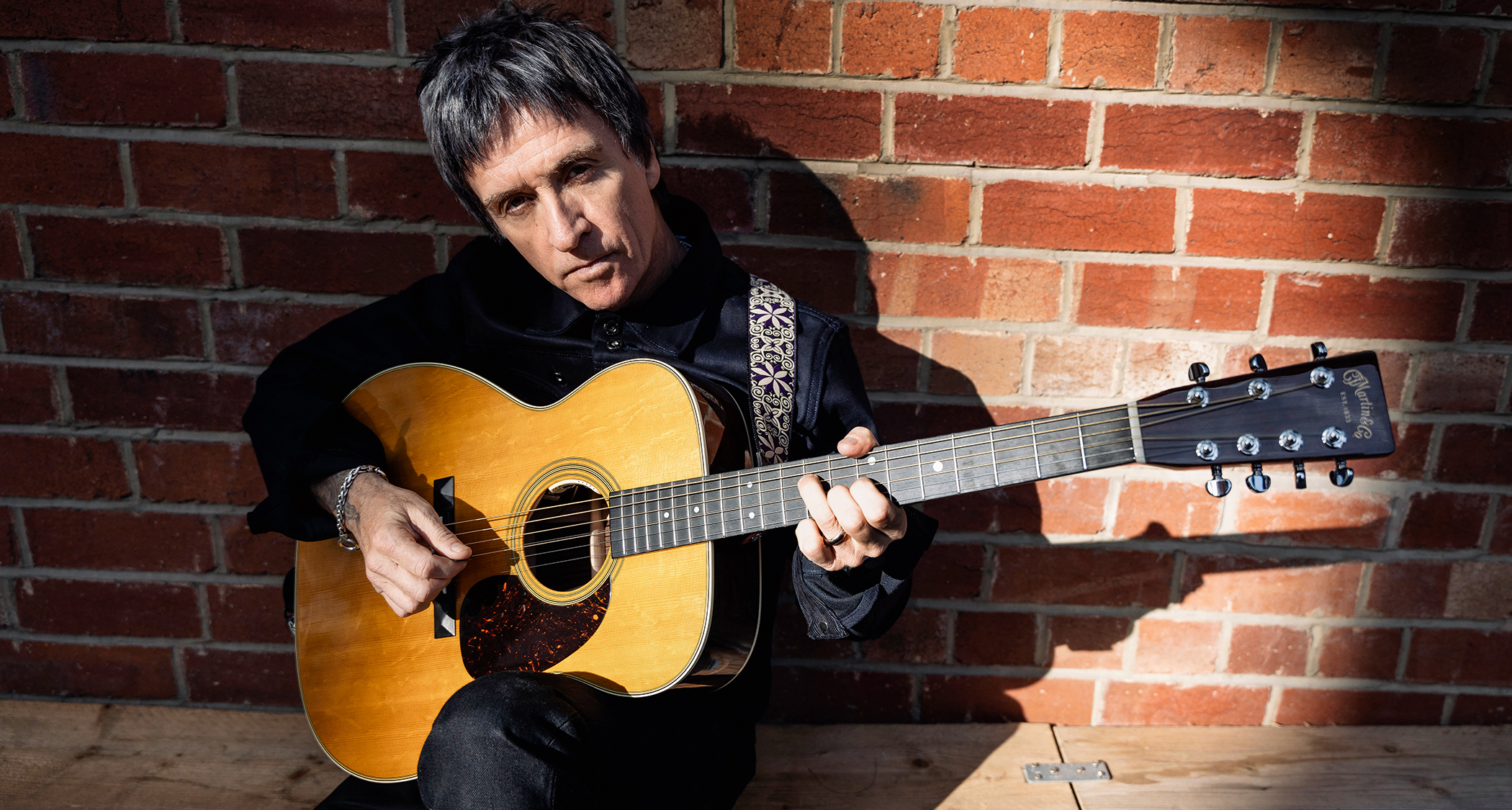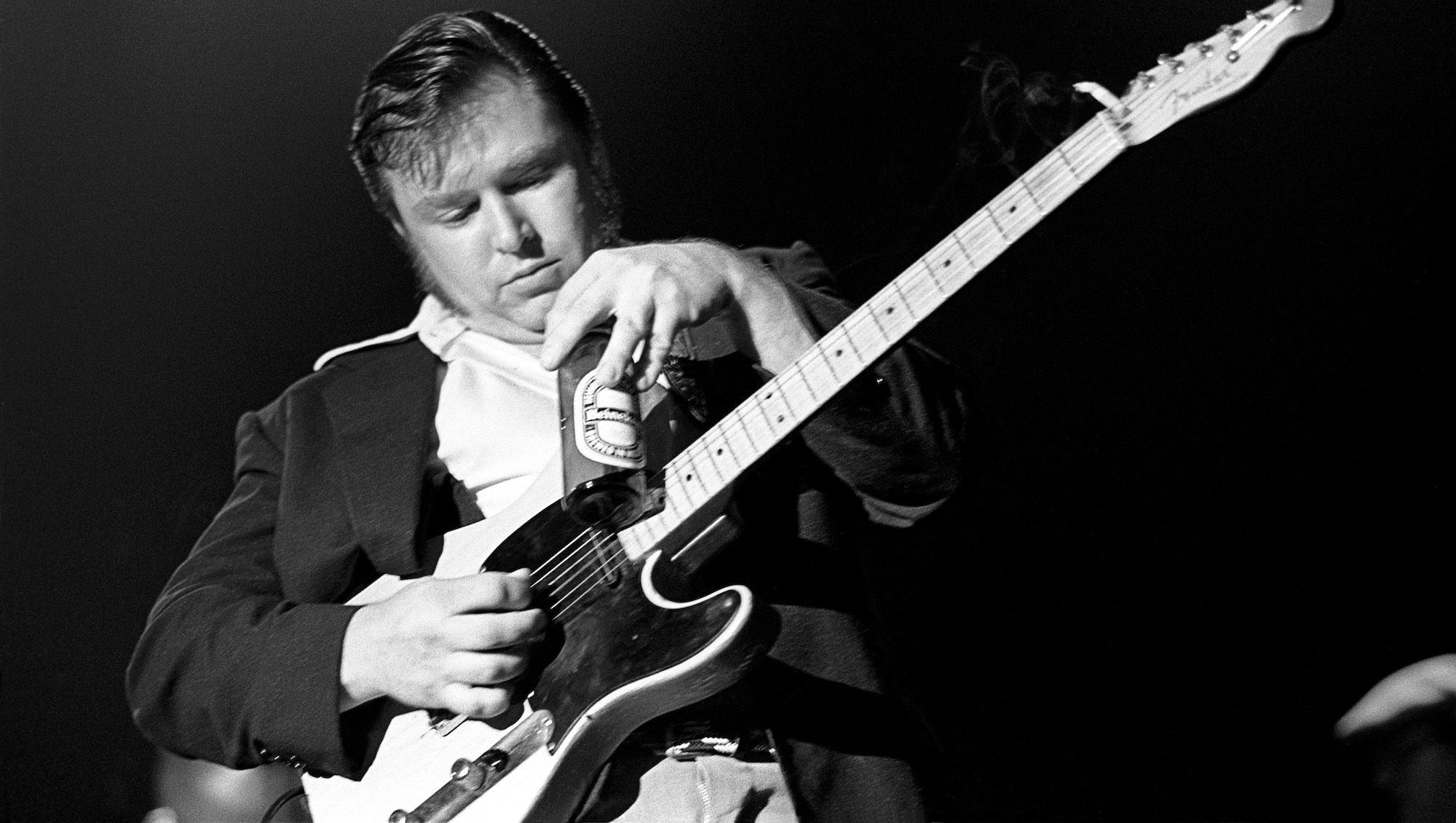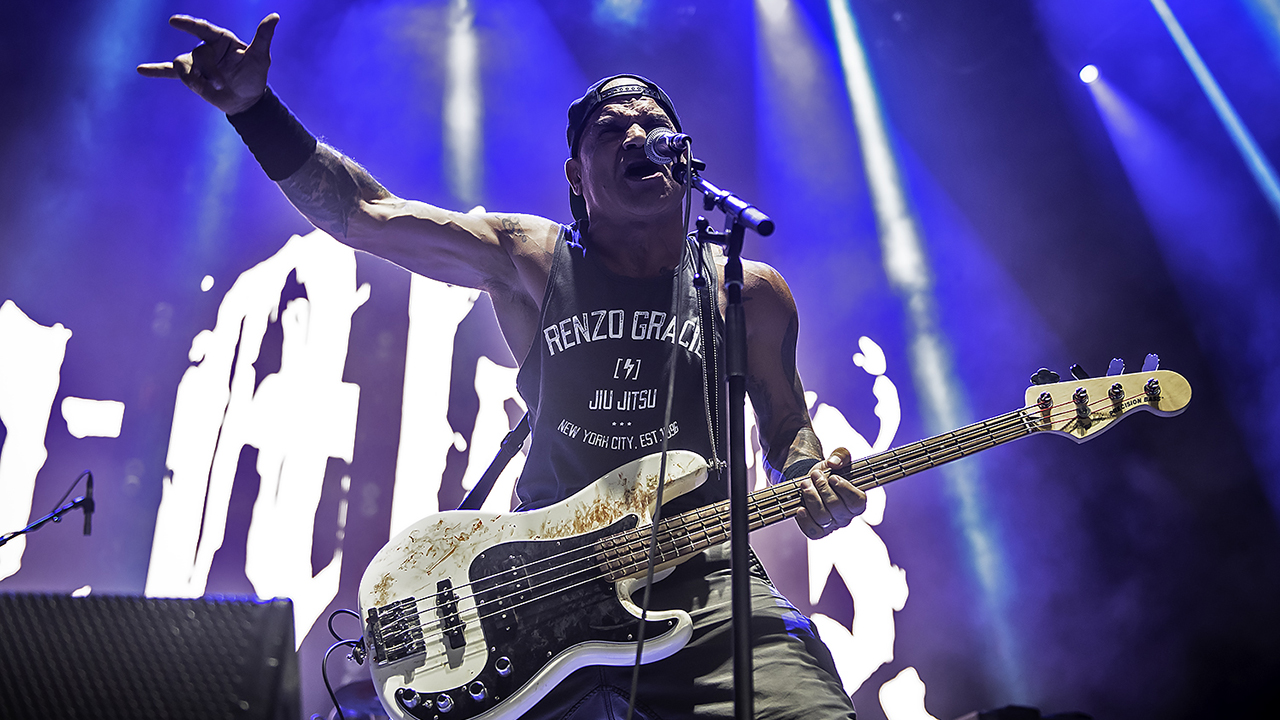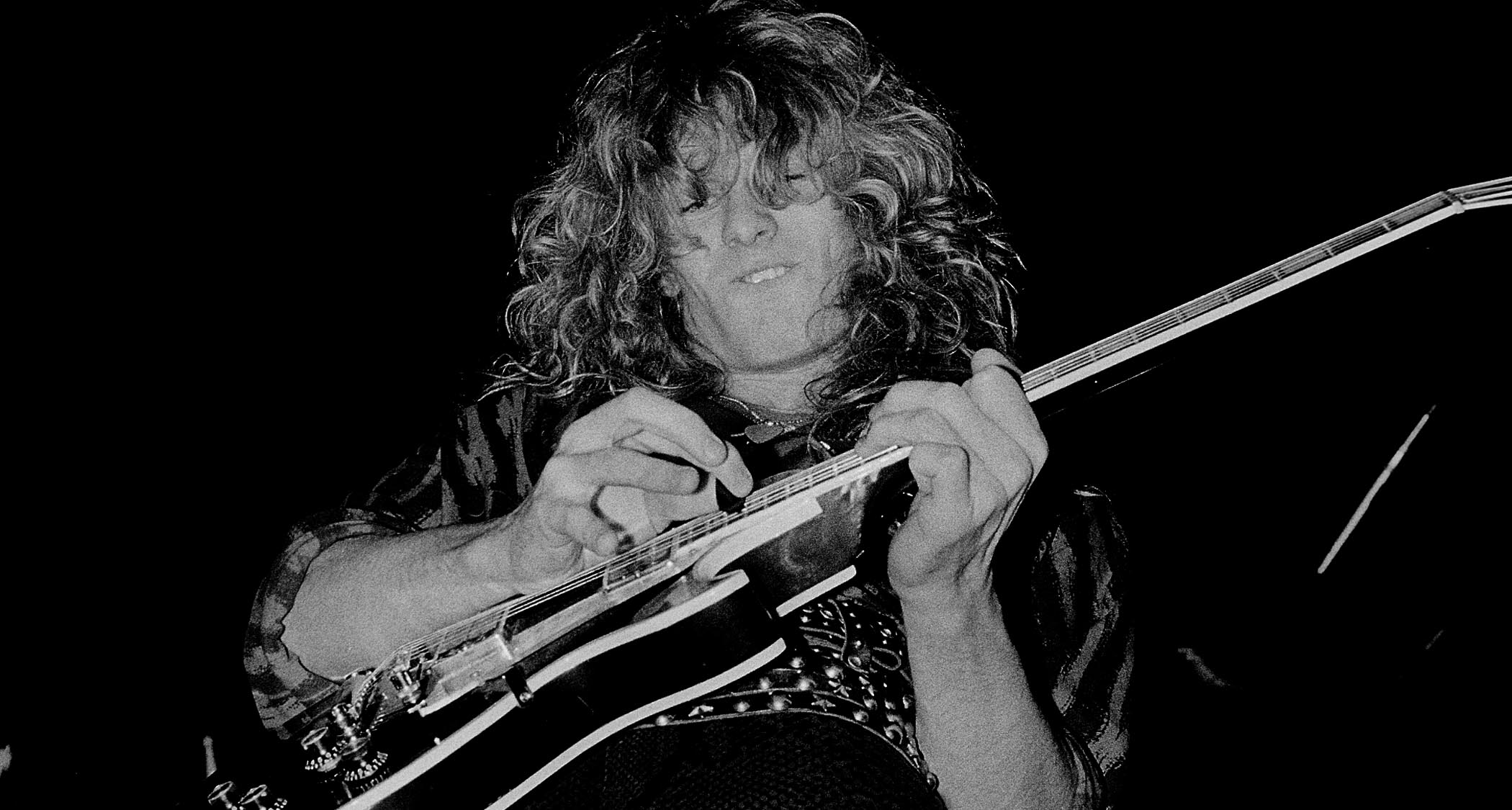“I liked that they were the underdogs. It was not the mainstream guitar. It was something that was hard to find”: Vox guitars deserve a second look – just ask L.A. Witch’s Sade Sanchez, who’s teaming hers with ugly pedals for nouveau garage rock thrills
After working on an electronica side-project, Sanchez took her band from their California comfort zone to medieval Paris to find fresh influence for third album DOGGOD – and it worked
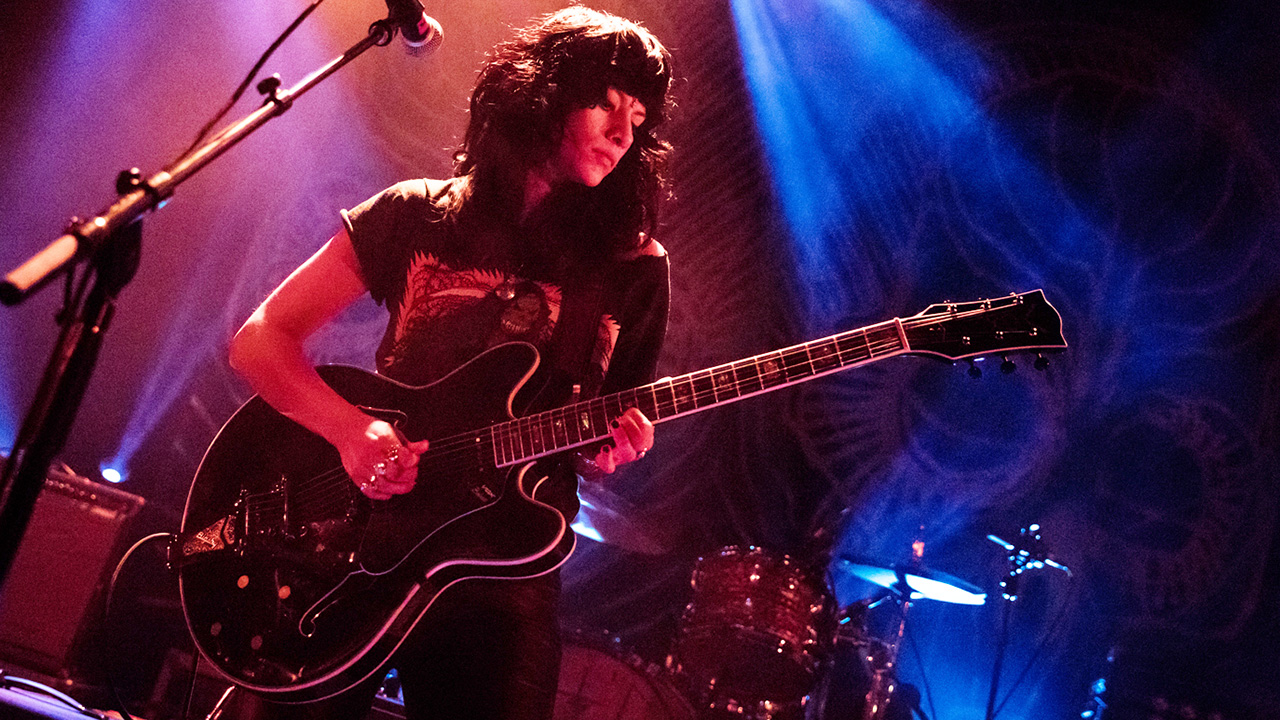
Surfy, fuzzy and tinged with melancholy, L.A. Witch emerged in 2017 with a self-titled debut that sounded like it had been baked by the California sun then cooled in its underground haunts.
Cut in Paris at Motorbass Studio, DOGGOD resonates with a certain je ne sais quoi and pushes into new territories – sonically and otherwise.
“LA is a lot more influential for rock music, whereas Paris is more influential in electronic music,” says guitarist and frontwoman Sade Sanchez. “We were trying to make a fusion between the two.”
With cathedral-sized chorus effects, flangers and evocative ‘80s-inspired synths, the new music embraces a darker, more atmospheric sound, leaning into post-punk with a medieval twist.
What can people expect from DOGGOD?
“It’s obviously still our sound, but I’d say it’s more evolved in terms of our skill as musicians and songwriters. There are several elements we didn’t really have before like using chorus and flanger. We also used string synths – a Solina and a Roland VP-330 – which added post-punk’s colder, dark vibes.”
Why did you record in Paris, and how did the change of scene influence the sound?
Get The Pick Newsletter
All the latest guitar news, interviews, lessons, reviews, deals and more, direct to your inbox!
“At first, Paris was just a cool opportunity, and we have a lot of friends here. I was working with the producer on some electronic music and I was really inspired by all these synths and new gear.
“Europe also has a completely different music history; it was cool to get out of our element, out of California and out of LA. Our roots are still garage rock, but the roots of post-punk are in garage music, and a lot of post-punk is from Europe, like PiL, Siouxsie and the Banshees or Joy Division. Those have always been some of our influences.
“And it’s not just the music history; it’s the architecture. It’s super beautiful and there’s a medieval vibe. I think that’s a huge part of the record – even the chorus effect itself is tied into the idea of a cathedral or a church.”
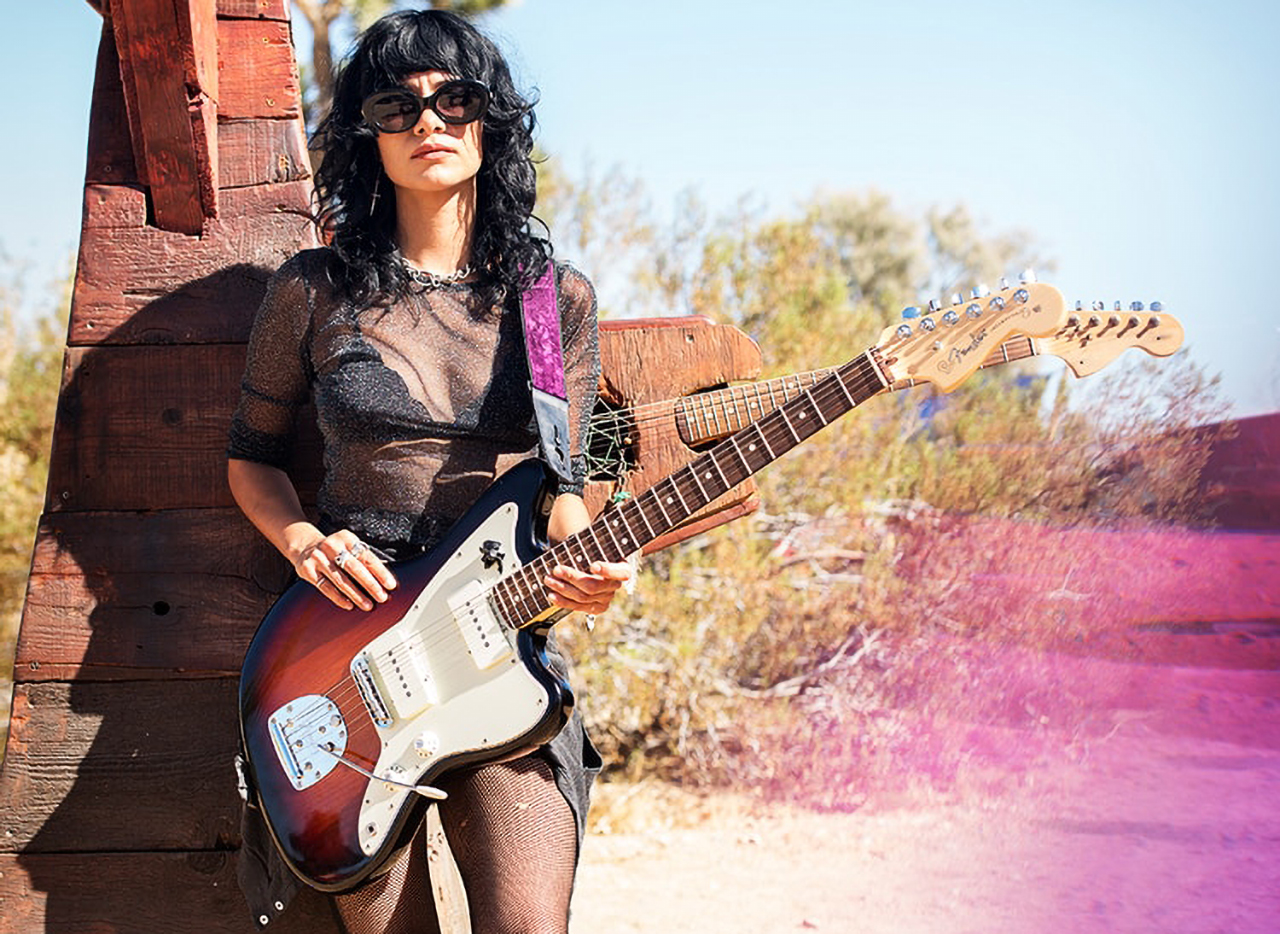
As a guitarist, you seem to be able to slip between rhythm and lead styles very fluidly. Has that ability developed from playing in a trio?
“Definitely. It’s a challenge for me because I’m also singing and trying to be this front energy for the band. I’ve always had respect for three-piece bands because there’s no room for any fuck-ups. Everyone has their place and it’s not easy.
“Also, when I was learning guitar I didn’t have a band. I was playing a lot of solo shows and I’d try to make up for the things that weren’t there, so I was switching between lead and rhythm.”
To what extent would you say being self-taught has given you a creative edge?
“It allowed me to come up with my own style. I didn’t set any boundaries on my playing because I had no rules to follow. I think part of the struggle of teaching yourself has made me a stronger guitar player because, in that struggle, there was someone who really wanted to learn. I was willing to go through the frustration of having to teach myself. I’m happy I learned the hard way.”
Who first inspired you to pick up a guitar?
“When I started I was listening to a lot of classic rock – Tony Iommi, Jimi Hendrix, Ron Asheton of the Stooges.
“It was the end of the grunge era, so there was Kurt Cobain, who made guitar playing something that was a more tangible idea. He had this attitude that was aggressive and fierce, but also really beautiful. He wasn’t some crazy guitar hero; it was something I felt I could do.”
What's your guitar collection like and what are you using most right now?
“Lately I’ve been using a Vox Bobcat, given to me by Vox. It’s a hollowbody with a Bigsby and it’s black on black. The hardware is black and it has these cool pearl inlays. The pickups are V90s – like Vox P90s – and they have the brightness of a single coil but also a lot of warmth. It’s pretty versatile.
“I’m obsessed with having a Bigsby or some sort of whammy because it’s part of that surf thing; that Dick Dale thing. Or even in shoegaze music, which has those really cool dives.
The pedal guy was totally a nerd – super-cool – and when I tried it out, I just needed it in my sound
“I also brought my Fender Jaguar to the studio; it’s the Kurt Cobain model. There’s some grunge elements in the album – certain leads and even the tone of the guitar sometimes. I also have my ‘68 Vox Viper, which I love, a Gretsch Jet and a Jazzmaster.”
When a lot of people think of Vox, they tend to think of amps before guitars…
“When we first started the band, I loved Brian Jones of The Rolling Stones. I also liked Joy Division, who played Vox guitars, and The Brian Jonestown Massacre. I liked that it felt like they were the underdogs.
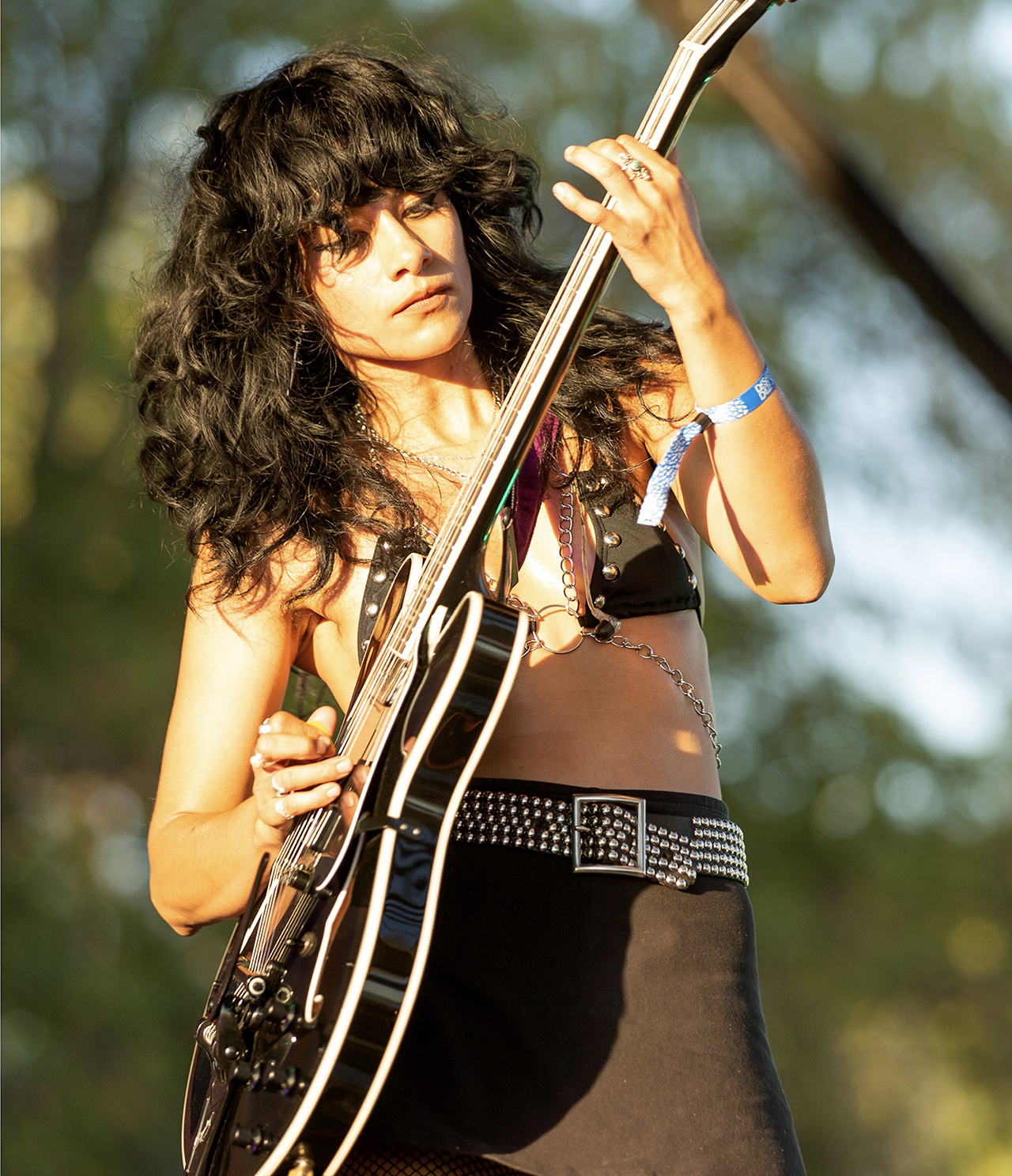
“It was not the mainstream guitar. It was something that was hard to find, and they’re really beautiful. The Viper I have was made in Italy and it’s got really cool built-in effects that are hard to emulate.
“There are some effects in there that I just really wanted to use, like the repeater effect, and there’s a distortion on there that sounds really fucked up in a Jesus and Mary Chain kind of way. It’s a really distinct sound.”
You shared a rig tour on YouTube recently, and the mix of pedals on your ’board is interesting. It looks like you have some heavily used old favorites, like the Boss DD-3 and CH-1 alongside some newer-looking toys from Spooky Circuits, Eventide and Gamechanger Audio. Have you been on a major tone journey lately?
“I think I’m always on a tone journey! I do have some staples, like the Boss stuff and the Ibanez Tube Screamer. The DD-3 is something I don’t think I want to live without.
“The Eventide Space is pretty crazy. There’s definitely a lot you can do with that one, and there’s some sounds from that pedal on the record. The Spooky Circuits Yellow Fuzz is from this company I discovered at some pedal show. The guy was totally a nerd – super-cool – and when I picked up the guitar and tried it out, I just needed it in my sound.”
Pick a favorite moment of tone from DOGGOD and talk us through how you got the sound…
“I’m really happy with my playing on The Lines. I was using a Pearl Chorus Ensemble; it’s a really bulky, really ugly pedal, but it’s super cool. The flangers were vintage Boss BF-2s that the producer let me borrow, which added to the ’80s post-punk feel I was talking about.
“I also have this Line 6 Echo Park – another pedal that’s hideous. It looks like a little Frankenstein! It’s heavy and bulky – not a sexy pedal at all.
“I guess it’s supposed to emulate a Space Echo, and I used that on I Hunt You Pray. We were trying to go for production that was more like dub or reggae music, but with a darker vibe.”
- DOGGOD is released via Suicide Squeeze Records.
Since graduating university with a degree in English, Ellie has spent the last decade working in a variety of media, marketing and live events roles. As well as being a regular contributor to GuitarWorld.com, she currently heads up the marketing team of a mid-scale venue in the south-west of England. She started dabbling with guitars around the age of seven and has been borderline obsessed ever since. She has a particular fascination with alternate tunings, is forever hunting for the perfect slide for the smaller-handed guitarist, and derives a sadistic pleasure from bothering her drummer mates with a preference for wonky time signatures.
You must confirm your public display name before commenting
Please logout and then login again, you will then be prompted to enter your display name.
“I suppose I felt that I deserved it for the amount of seriousness that I’d put into it. My head was huge!” “Clapton is God” graffiti made him a guitar legend when he was barely 20 – he says he was far from uncomfortable with the adulation at the time
“I was in a frenzy about it being trapped and burnt up. I knew I'd never be able to replace it”: After being pulled from the wreckage of a car crash, John Sykes ran back to his burning vehicle to save his beloved '76 Les Paul


